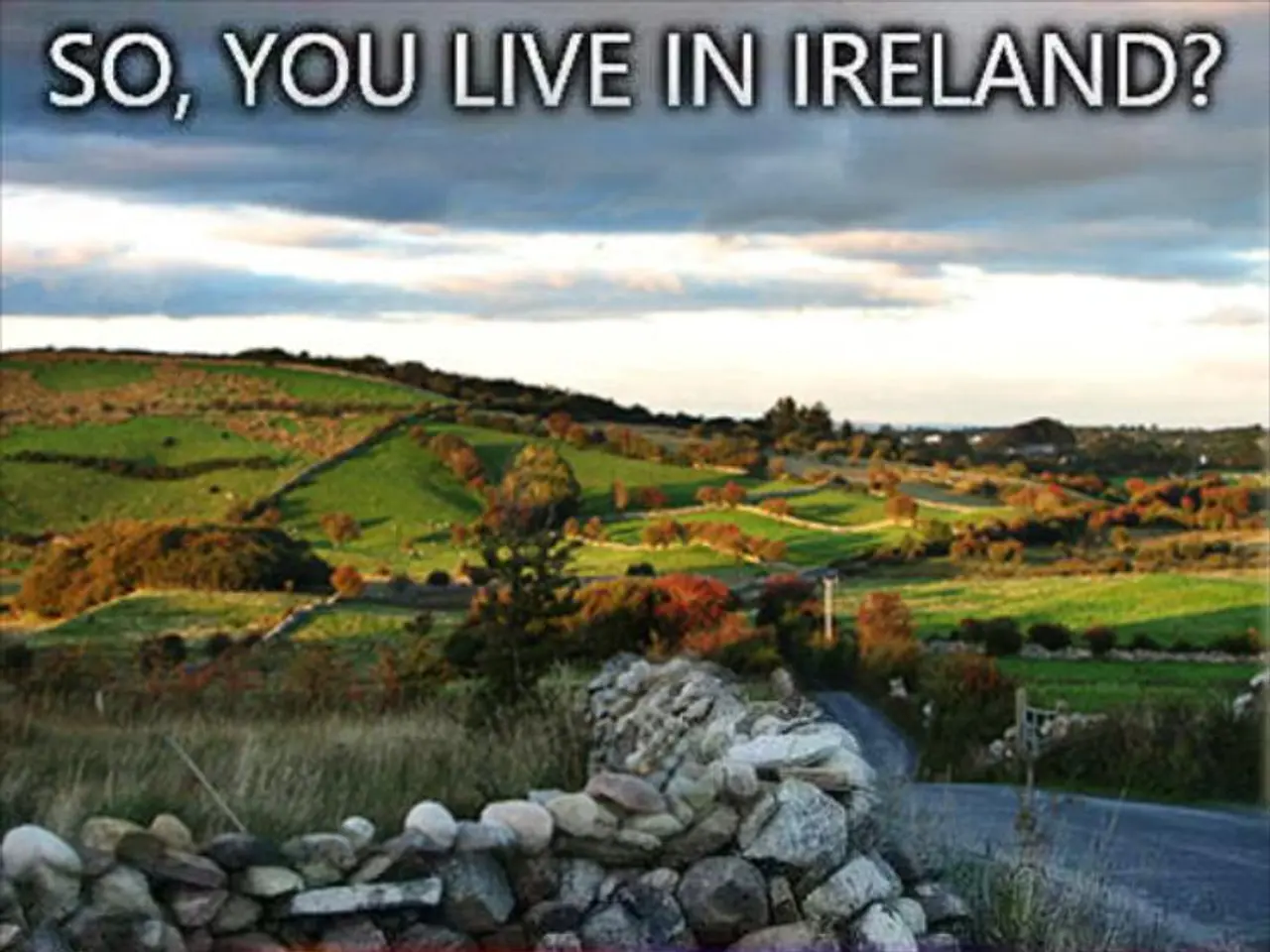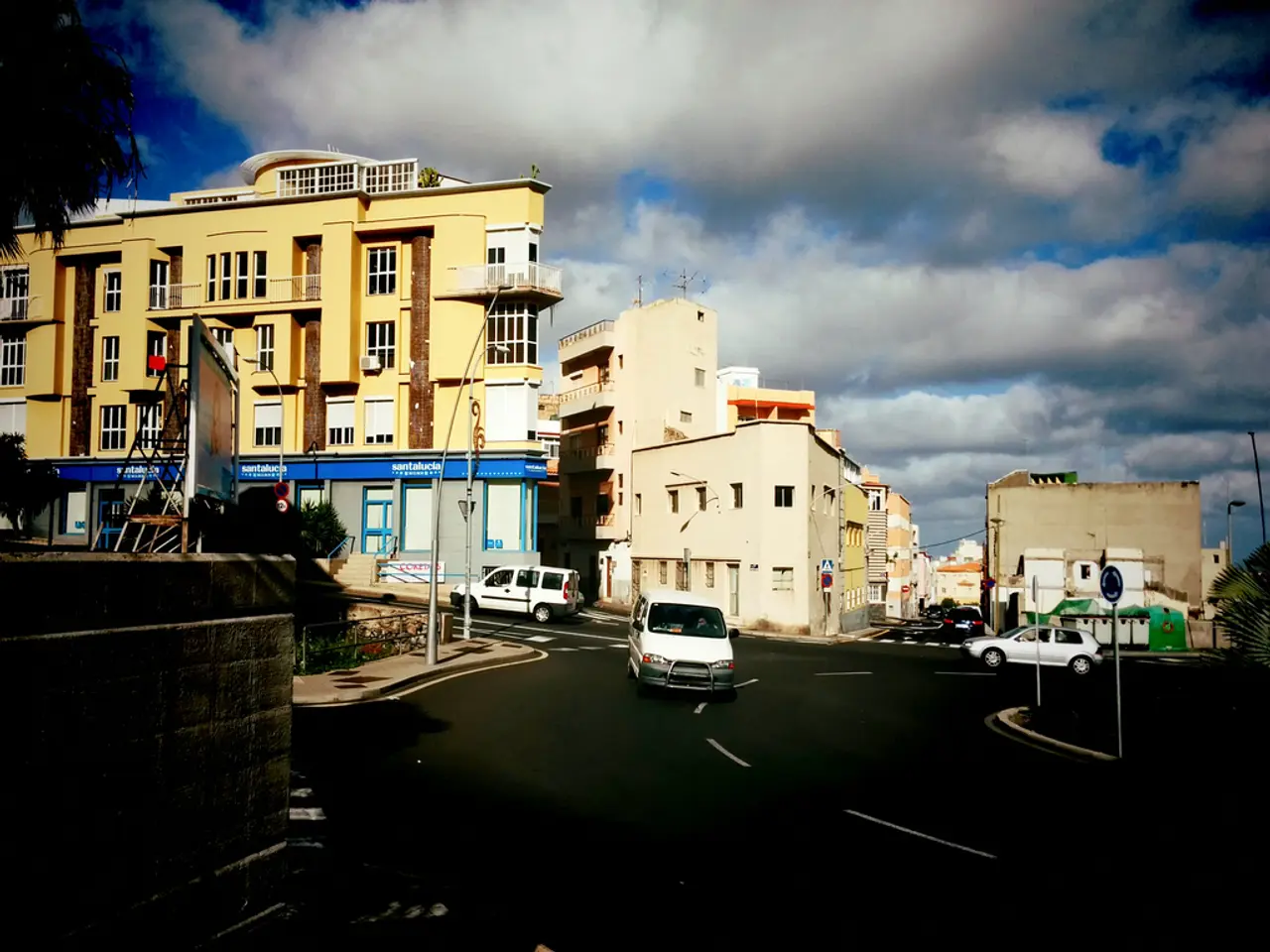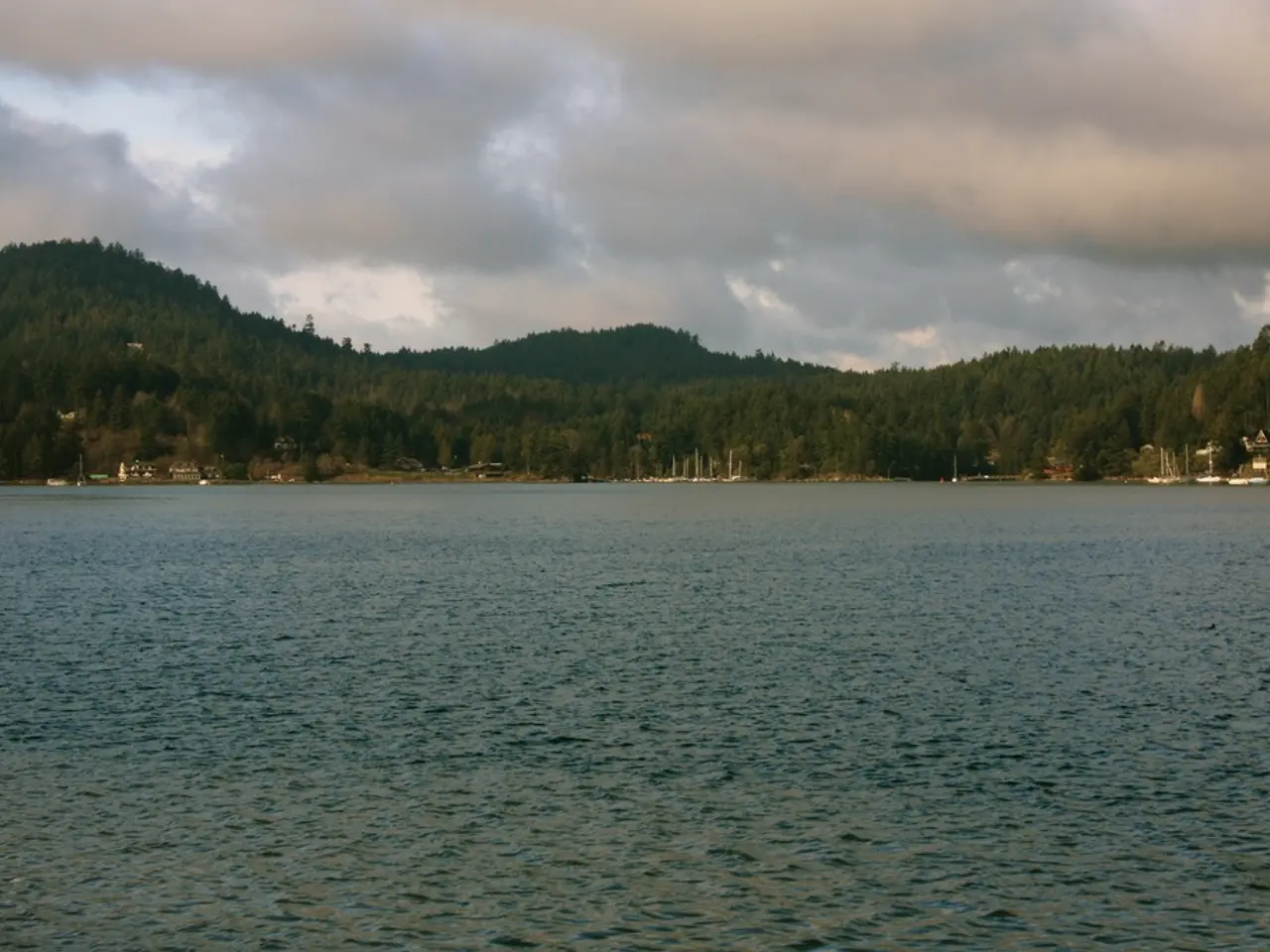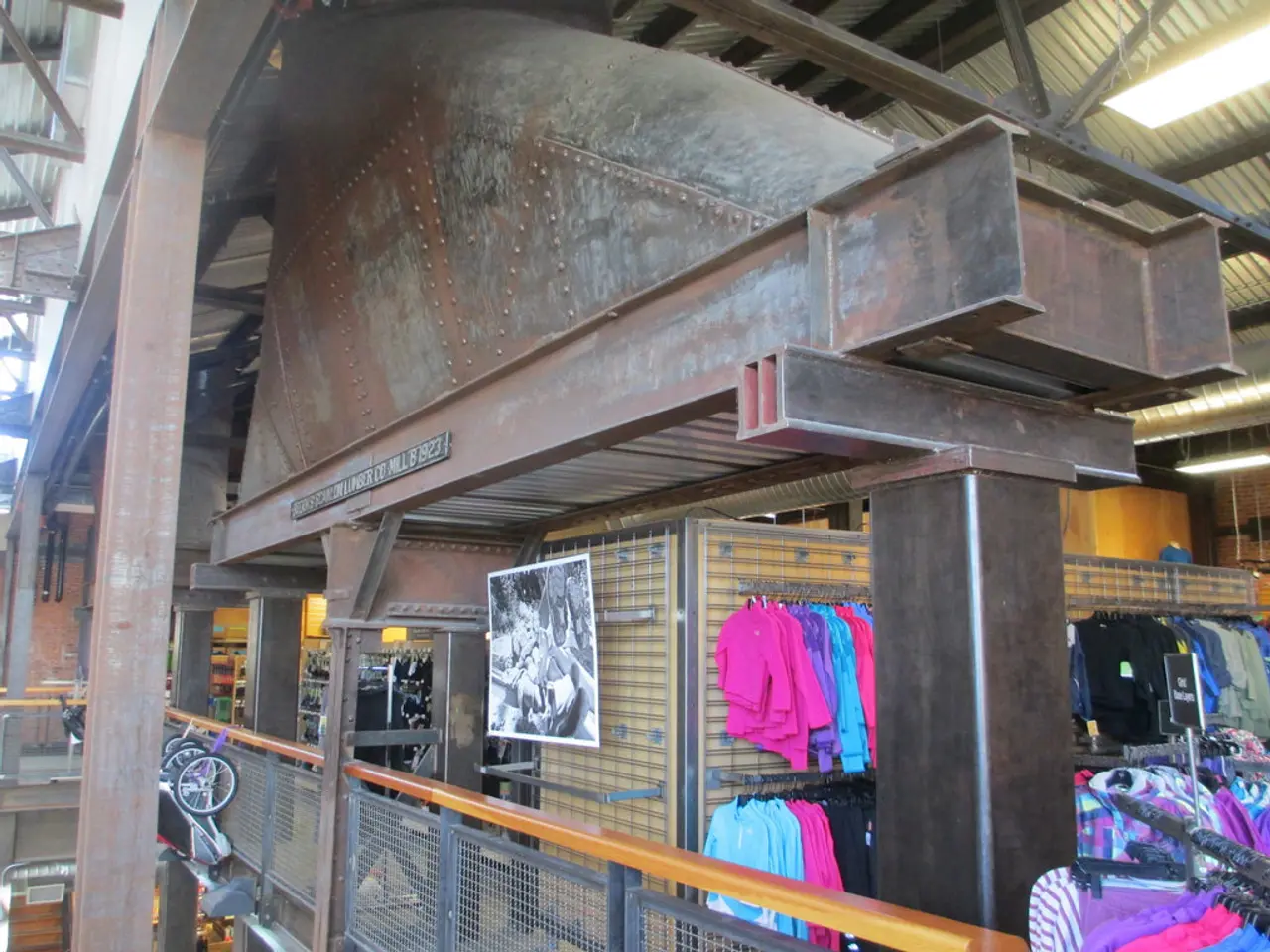Mass Exodus from Forest Fires in California's Wilderness
California Wildfire Rages in Los Padres National Forest
The "Gifford Fire," a wildfire currently burning in the Los Padres National Forest, north of Santa Barbara, California, has been causing concern for local residents and firefighters. The wildfire, which started on Friday, has already spread over an area of more than 290 square kilometers and is not yet contained.
The wildfire season in the U.S. is expected to be severe, and California has been particularly affected. According to the spokesperson for Cal Fire, the southern part of the state has been hit hard by wildfires, with more than 970 people already forced to evacuate their homes due to the Gifford Fire. At least three people have been injured, and more than 870 buildings are threatened by the flames.
More than 1,900 personnel are currently fighting the wildfire, but the cause of the Gifford Fire remains unknown. The lack of winter rain has made the vegetation unusually dry early on, which favors fires.
Climate change has contributed significantly to California’s severe 2021 wildfire season. Warmer temperatures and earlier snowmelt have dried out hillsides and mountainsides, pushing fires to higher elevations and exposing ecosystems unadapted to fire. Increased climate aridity means vegetation dries enough to ignite more easily, expanding the fire-prone area by tens of thousands of square miles over recent decades in the US West.
The longer, more intense fire season has led to larger, more destructive wildfires. Climate-driven dryness and heat stress exacerbate fire behavior, and wildfires also contribute to climate change by releasing large amounts of carbon dioxide, creating a feedback loop that worsens future fire risk.
The wildfires in the first half of the year on the U.S. West Coast have already burned an area of nearly 895 square kilometers by mid-July, more than twice as much as at the same time last year. This includes numerous other fires, but the Gifford Fire is not yet included in the data of the devastating fires at the beginning of the year in the Los Angeles metropolitan area, where at least 31 people died.
The Gifford Fire is not mentioned in the data of fires that occurred in the first half of the year provided by Cal Fire. This could be due to the fire starting later in the year or because it is still ongoing and the data has not been updated.
The wildfire at the beginning of the year in the Los Angeles metropolitan area was a tragic reminder of the devastating impact wildfires can have. The hope is that the Gifford Fire can be contained before it causes any more harm. The battle against wildfires is ongoing, and efforts to mitigate their impact are crucial in the face of a changing climate.
- Environmental science suggests that climate change, leading to warmer temperatures and less winter rain, has made vegetation unusually dry early on, contributing to the severe wildfire season in California.
- In the field of weather-forecasting, scientists predict a long and intense fire season due to the increased climate aridity, which means vegetation dries enough to ignite more easily, expanding the fire-prone area.
- As seen in the Gifford Fire, wildfires in California have been not only destructive but also a significant source of carbon dioxide, worsening future fire risk in a feedback loop driven by climate change.







